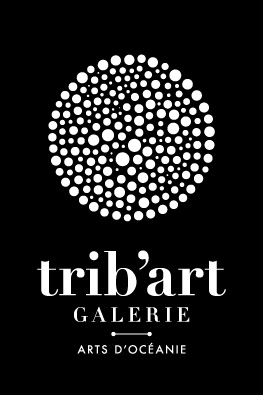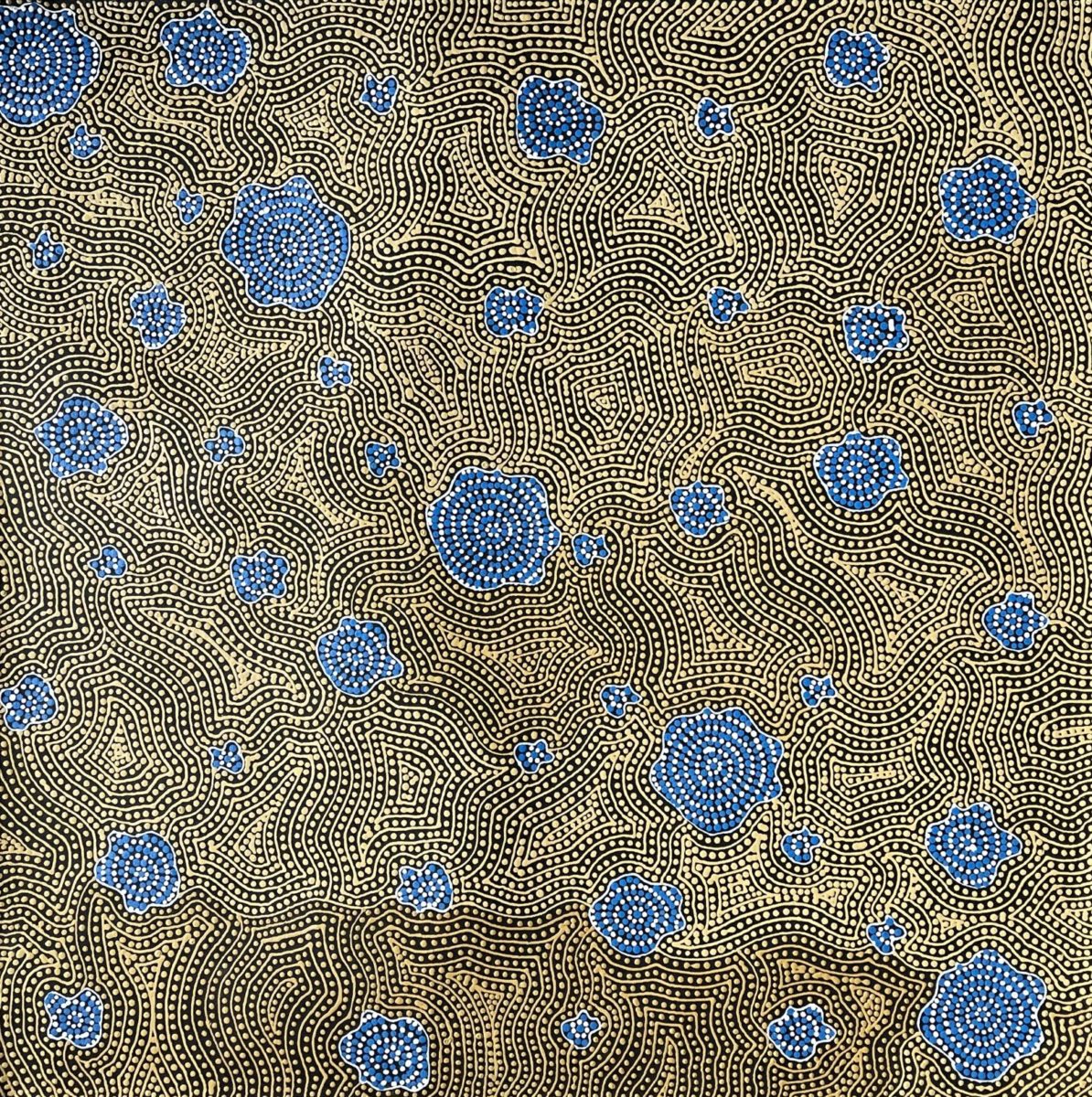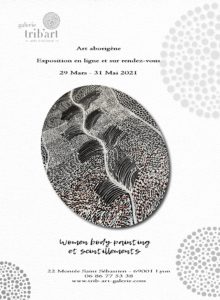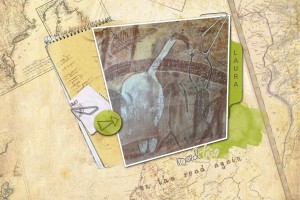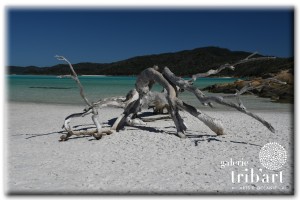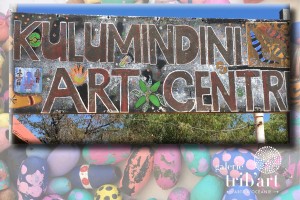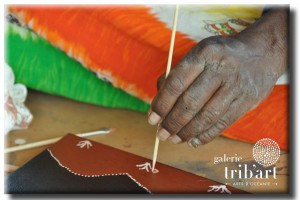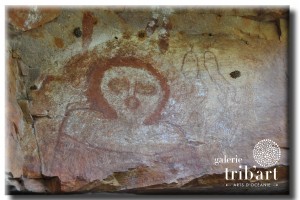Acrylique sur toile
76 x 76 cm
2021
Prix :
Vendu
Warlukurlangu Jukurrpa
Warlukurlangu Jukurrpa ou Fire Country Dreaming est une œuvre de Nathania Nangala Granites.
Fire country dreaming se déroule dans la région de Warlukurlangu au sud ouest de Yuendumu, pour les hommes Jampijinpa/Jangala et les femmes Nampijinpa/Nangala qui en sont les gardiens.
Un vieil homme « Lungkarda » (Lézard à langue bleue du désert central d’Australie – « tiliqua multifasiatal ») du groupe de peau Jampijinpa, vivait sur une colline avec ses deux fils Jangala. Le vieil homme feint une cécité et leur demanda d’aller chasser pour apporter de la nourriture. Les deux hommes mangèrent tout ce qu’ils chassaient au fur et à mesure.
Un jour, alors qu’ils revenaient, ils tuèrent un kangourou après une longue marche. Malheureusement, ce kangourou était sacré pour le vieil homme « Lungkarda », ce que les deux jeunes hommes ne savaient pas.
Furieux, le vieil homme décida de les punir et lorsque ces derniers repartirent, « Lungkarda » enfonça son bâton magique dans le sol, ce qui provoqua un incendie de brousse qui repoussa très loin les deux Jangala, les propulsant dans les airs.
Dans l’art contemporain Warlipiri, les symboles traditionnels sont utilisés pour représenter les « Jukurrpa » (temps du rêve), des sites ou d’autres éléments. Traditionnellement, les sites qui sont décrits dans ce temps du rêve sont : Warlukurlangu (a men’s cave) Kirrkirrmanu (lieu où le kangourou a été tué), Wayililinypa (lieu où les deux Jangala ont été tués par le feu) ainsi que Marnimarnu (source d’eau) lieu où les deux Jangalas campèrent.
Peinture d’Australie – Art Aborigène – Art Australien
Fire country dreaming belong to Warlukurlangu country to the south-west of Yuendumu, for wich Jampijinpa/Jangala men and Nampijinpa/Nangala women have custodial responsibility.
An old man « Lungkarda » (Centralian blue tongued lizard – « tiliqua multifasiatal ») of the Jampijinpa skin group, lived on a hill with his two Jangala sons. The old man would feign blindness and send the two boys hunting in search of meat. While they were gone he would hunt and eat anything that they caught before they returned. One day the sons returned with a kangaroo that they had caught after much tracking. Unfortunately the kangaroo was sacred to the « lungkarda », unbeknown to the boys. In his anger, the old man decided to punish his sons and the next time they went out, he put his fire stick to the ground and sent a huge bush fire after them which chased them for many miles, at times propelling them through the air. Although, the boys beat out the flames, « lungkarda’s » special mafic kept the fire live and it re-appeared out of his blue-tongued lizard hole. Exhausted, the boys were finally overcome by the flames.
In contemporary Warlpiri paintings traditional iconography is used to represent the Jukurrpa, particular sites and other elements. Usually sites that are depicted in paintings of this Jukurrpa include Warlukurlangu (a men’s cave) Kirrkirrmanu (where the sacred kangaroo was killed), Wayililinypa (where the fire killed the two Jangala sons) and Marnimarnu (a water soakage) where the two Jangalas camped.
